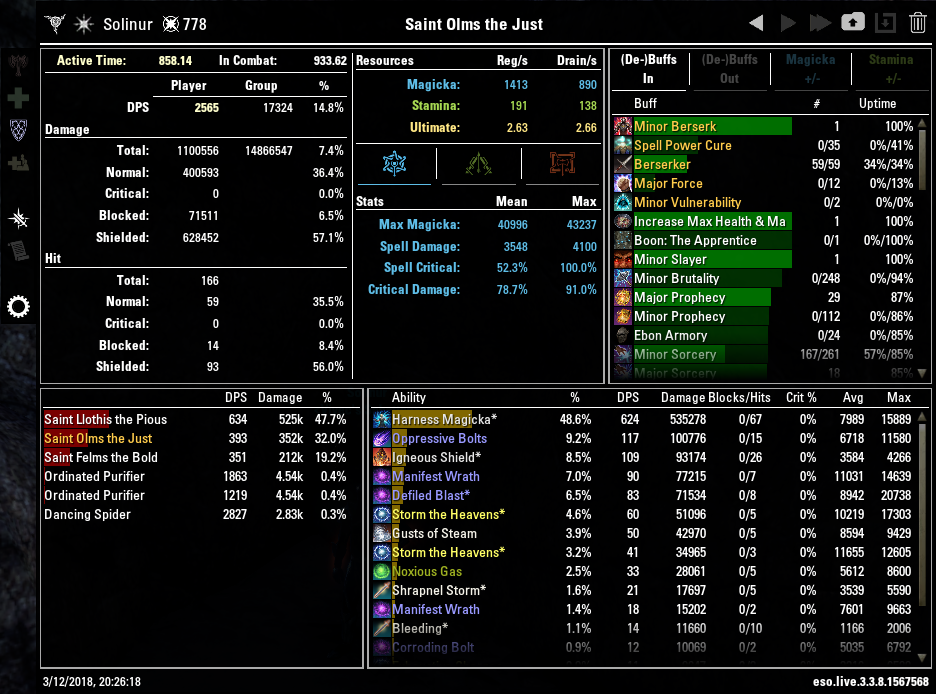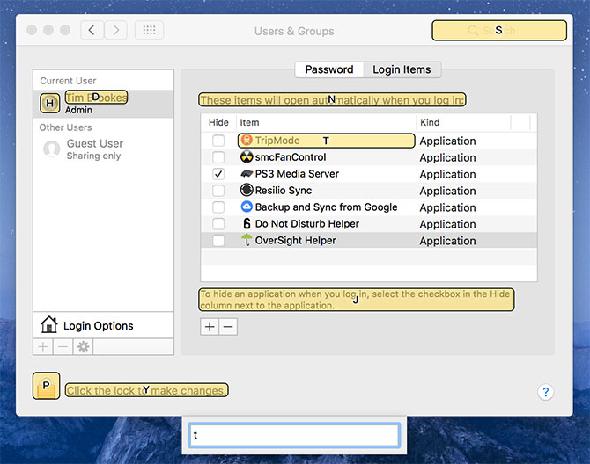
If you need to, you can adjust the column widths to see all the data.Īverage of the numbers in cells A2 through A6.Īverage of the numbers in cells A2 through A6 and the number 5.Īverage of the numbers in cells A2 through C2. For formulas to show results, select them, press F2, and then press Enter. On the File tab, click Options, and then, in the Advanced category, look under Display options for this worksheet.Ĭopy the example data in the following table, and paste it in cell A1 of a new Excel worksheet. To locate the Show a zero in cells that have a zero value check box: When this option is selected, empty cells are not counted, but zero values are. Tip: When you average cells, keep in mind the difference between empty cells and those containing the value zero, especially if you have cleared the Show a zero in cells that have a zero value check box in the Excel Options dialog box in the Excel desktop application. If you want to calculate the average of only the values that meet certain criteria, use the AVERAGEIF function or the AVERAGEIFS function. There is another way to be consistent, while keeping everything in a single pass. If you want to include logical values and text representations of numbers in a reference as part of the calculation, use the AVERAGEA function. As others have pointed out, you should just store the numbers in a single pass numbersi input and then evaluate the sum and average each in their own pass as: var sum numbers.Sum() var average numbers.Average() Cumulative Moving Average.

If a range or cell reference argument contains text, logical values, or empty cells, those values are ignored however, cells with the value zero are included.Īrguments that are error values or text that cannot be translated into numbers cause errors. Logical values and text representations of numbers that you type directly into the list of arguments are not counted. Additional numbers, cell references or ranges for which you want the average, up to a maximum of 255.Īrguments can either be numbers or names, ranges, or cell references that contain numbers. The first number, cell reference, or range for which you want the average. The AVERAGE function syntax has the following arguments: For example, if the range A1:A20 contains numbers, the formula = AVERAGE( A1:A20) returns the average of those numbers.

Returns the average (arithmetic mean) of the arguments. Similarly, finding the average of 30, 50 and 40,įor example, let us take heights of the students in a class.This article describes the formula syntax and usage of the AVERAGE function in Microsoft Excel. Though there are many measures of central tendency, average typically refers to the arithmetic mean and is defined as the ratio of the sum of items to the number of items in a dataset,Īverage$=(\text"Total value of all the items"/\text"Number of items")$Īn average or an arithmetic mean of given data is the sum of the given observations divided by number of observations.įor example, if we have to find out the average of 15, 25, 35 and 45, then the required average will be It gives a measure of the middle or expected value of the dataset. To explain this, ALT + M opens the Formula tab: The next step that you want to take is to click U, as that is where the Auto Sum is located, and then cl ick A, as that is the shortcut to AVERAGE: By using this combination, you will reach the formula in the quickest way possible. Do calculations with care will make your success easier.Īverage can be defined as a single value that is meant to type a dataset.
#Average shortcat full#
Smart working, Full concentration, Accuracy on finding answers, speed of answering, and Regular cross-checking is must for ‘Average’ formulae. Tabulation based/rate of occurrence-based means will give you a good detailed idea about averages. The examples which will represent the questions which include finding Basic arithmetic means of numbers/series, Average on age, Average on income, Average on distance, Increase/decrease in group average, minimum/maximum of quantity/number for a specific average. We covered various types of questions useful for all examinations. Especially ‘average’ questions are regularly asked in all competitive exams here. The concept of average is a basic of arithmetic operations and is important to solve many problems. Posted By Careericons Team Introduction to Average: Average - Basic Formulas, Shortcuts, Rules, Concepts, Tricks & Tips - Quantitative Aptitude Useful For All Competitive Exams Like UPSC, SSC, BANK & RAILWAY


 0 kommentar(er)
0 kommentar(er)
